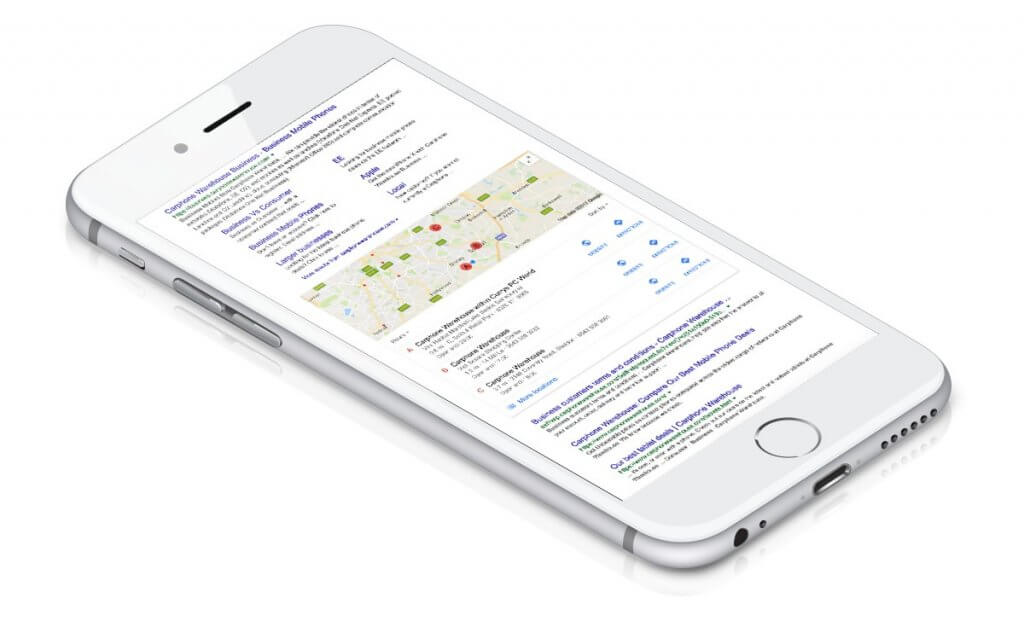
The 3 click rule has been around as long as web design – “No page should be more than three clicks from the homepage.”
On the face of it this sounds reasonable; keep the user journey short and simple. But research from User Interface Engineering casts doubt on the truth of this rule. UIE gave 44 people 620 tasks to complete on websites, they monitored how many clicks were made on each task and whether or not the user completed the task. If the three click rule were true, we would expect the success rate to decline after 3 clicks, people would give up after 3 clicks.
What the research actually found was that there was no correlation whatsoever between number of clicks and how likely the user was to give up. Now this doesn’t mean that you should stop trying to make the user journey quick and simple, but it does mean that we can all stop fixating on the three click rule.
Rules are all well and good, but only if they are backed up by the numbers, the three click rule isn’t, so lets just focus on making user interfaces that work.
Usability testing will tell you if your site is working or not, and if it works with average user journeys taking 10 clicks then great, conversely if a three click user journey isn’t converting then you shouldn’t dismiss options that go beyond three clicks.
The three click rule is, in our opinion, responsible for some truly dreadful user interfaces. The most common example is when ecommerce sites with hundreds of sub categories and thousands of products try and fit every single category and subcategory into their main navigation menu. You’ve seen the sites we mean, left nav bar that scroll down for ever, or worse still a roll over pop out menu that expands to fill the whole screen. And all because of the 3 click rule.
It seems that we can take two main lessons from the research – 1) people are far more capable of using navigation than web designers give them credit for. 2) A well designed 5 level navigation works better than a crowded 3 level one.


